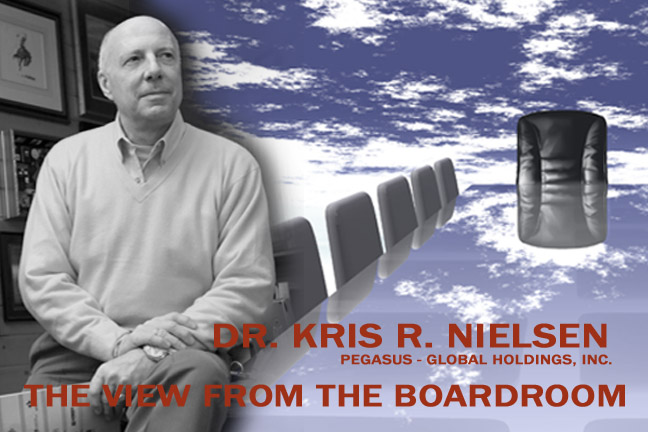I have observed Facilitated Negotiations used successfully, though with slight variations, on projects executed in the Oil & Gas, Power and Infrastructure sectors. So what is a Facilitated Negotiation? It is a process used to resolve differences between contracts as project circumstances change – including changes in design, productivity targets; conflicts in the performance of various contractors, etc.
The process employs a “mediator” who is used like a facilitator from the construction dispute resolution arena. The facilitator is familiar with the parties, their contracts and the changes which have occurred. This 'facilitator' encourages and promotes commercial resolution between principles of the parties involved in the negotiation.
Openness was common to all of the projects in my samples, that is, an openness fostered by complete factual disclosure between all stakeholders on the project. That openness made sure that the shared problems were addressed in a common and less costly manner. Many of the change issues and the party impacts in the past would have been subject to standard claims and disputes procedures. The projects benefited from attacking problems as they arose instead of after-the-fact when the solutions typically become standard Dispute Resolution issues, and their ultimate resolution is very costly and time consuming.
The end result of a facilitated negotiation process is NOT a project free of change or disputes, but one in which the parties are forced (encouraged) to seek and adopt solutions which take into account the various parties' issues be they good or bad.
As I have thought about the process it is akin to the older concepts of alternative dispute resolution. Arbitration has become more complicated and costly in some instances than the litigation which gave rise to the arbitration alternative.
Arbitration was originally conceived as a commercially expedient way to resolve commercial disputes by individuals knowledgeable is the “industry.” In the construction industry in the last 40 years, attorneys and claims consultants have thrived as the process has become more and more cumbersome. In the last 20 years various alternatives to arbitration have been developed including mediation. These alternatives all suffer from the same result – they cannot be used in a daily and on-going process to support project management. The process of Facilitated Negotiations and an open, on-going factual disclosure combines the benefits of expediency and efficiency with real project management needs.
- The last 15 months have seen public projects become the most visible construction projects and thus we have seen a surge in Fixed Price contracting methodologies.
- Alternative Disputes Resolution options are very complicated, costly and time consuming despite attempts to improve (or turn back?) the traditional processes developed by the American Arbitration Association/International Centre of Dispute Resolution.
- The cost of attorneys and claims consultants cannot be borne by cash strapped owners and contractors for the foreseeable future.
- Sharing of risks and rewards to achieve the ultimate project goal – Facilitated Negotiation's intended function – at the most reasonable cost under all circumstances will benefit the great majority of stakeholders.
- Resource scarcity issues will continue to grow under the current global project demographics as recovery becomes more and more widespread.
Facilitated Negotiation in its various forms will benefit all parties from its application as a tried and true, on-site dispute resolution process of project management/contract administration. As this new process is used the owners and contractors should not allow it again to be hijacked by the very professions whom stakeholders originally turned to bring their dispute resolution expertise to complicated projects. Facilitated Negotiation is a Best Industry Practice and not another form of alternative dispute resolution. I expect to see more use in the future.

